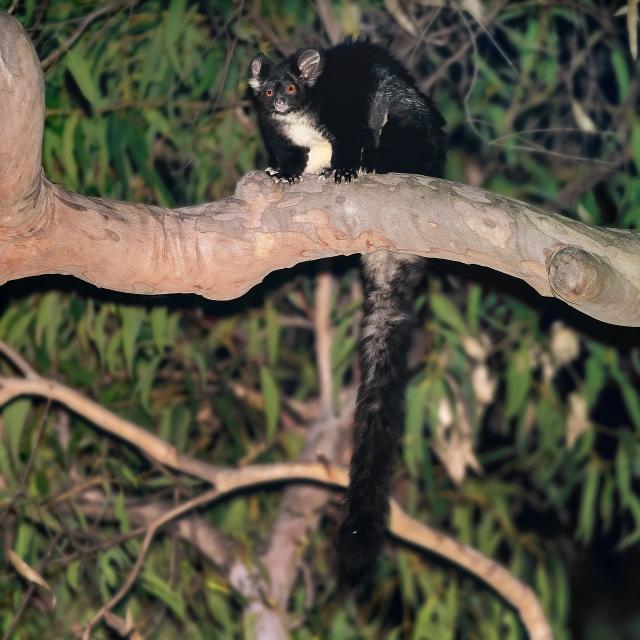Conservation dogs are using their noses to help to sniff out friend and foe in land management practices with landcare groups and landholders.
Supported by a Landcare Led Bushfire Recovery Grant, Noosa and District Landcare will trial sniffer dogs for a Glider survey and restoration project. In the project, the dogs will soon be trialled to understand how well they can find Endangered Greater Gliders, which are notoriously difficult to locate using traditional methods of nocturnal spotlight searches.
Rachel Lyons, Business and Partnerships Manager at Noosa and District Landcare, said Greater Gliders typically reside in the tree canopy, as high as 30 to 50 metres from the ground.
“From the research we have seen, only 4 to 7 percent of gliders are seen by people undertaking standard visual surveys,” Lyons said.
Lyons said the sniffer dogs would be used to locate glider scat in the national park and on private land where they are thought to be found. Lyons said they had a team of 15 volunteers who have been trained to work on the project.
Locating glider populations is crucial to ensuring the species’ survival, so land managers are able to focus their efforts on protecting and managing their unburnt habitat and old trees with large hollows, manage pests and install nest boxes for the animals where they are needed.
“We’ll test the dogs to see if they locate glider scat and test against our normal survey technique to see if they correlate,” she said.







